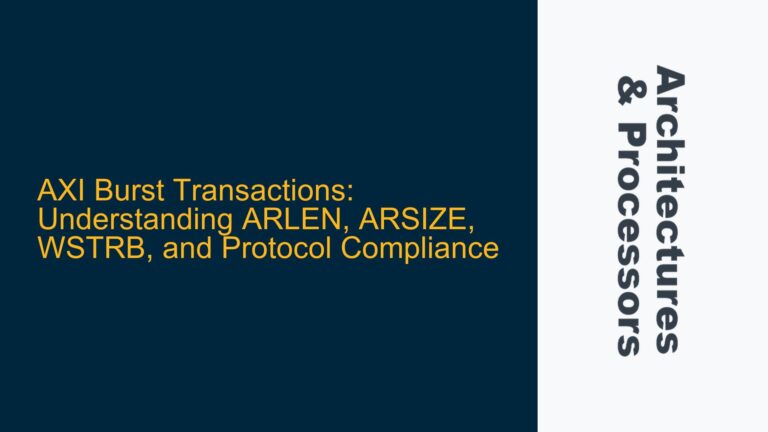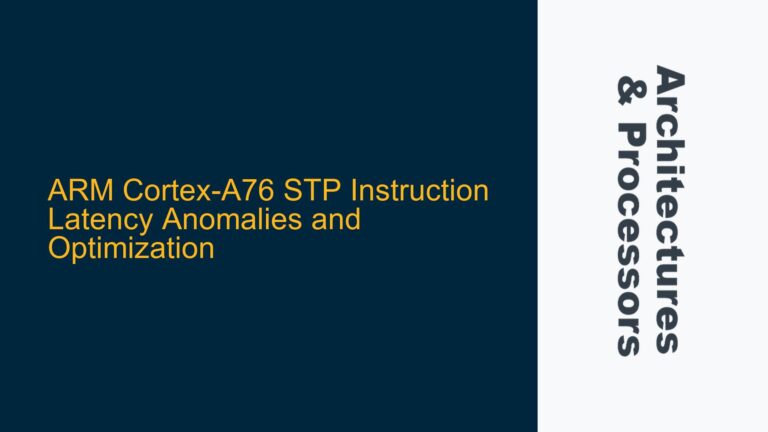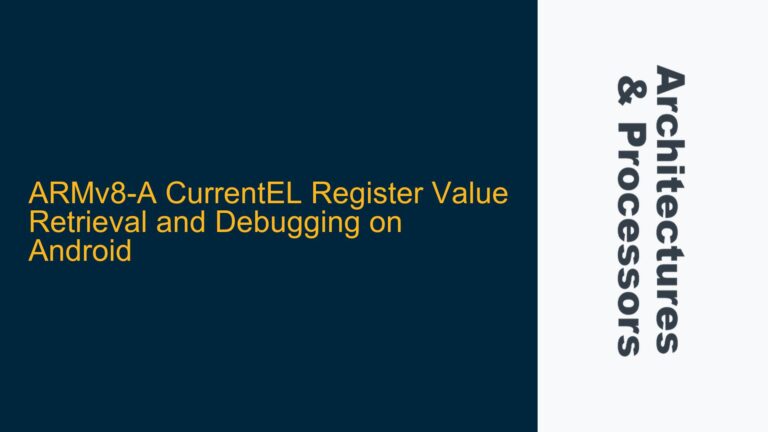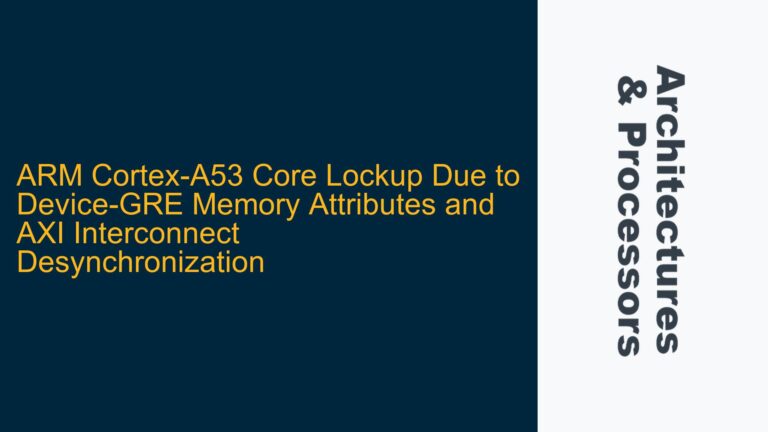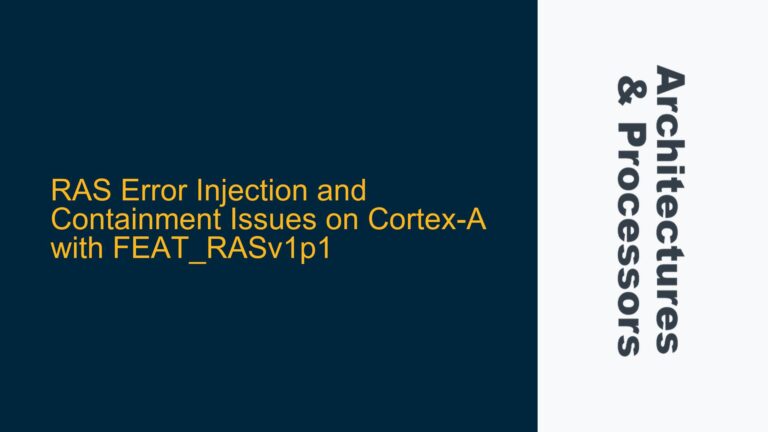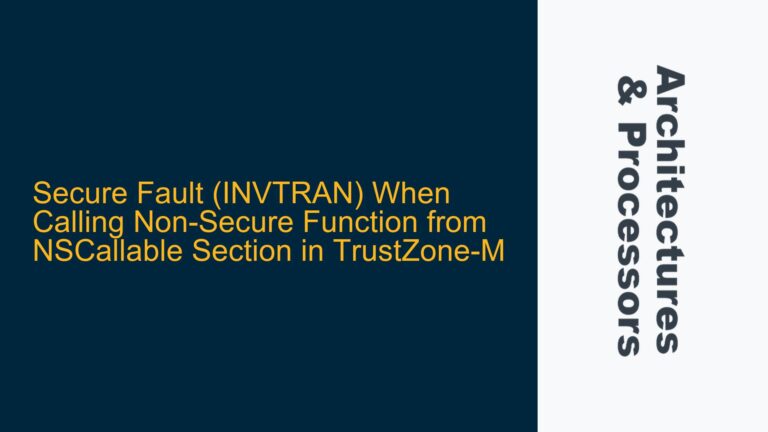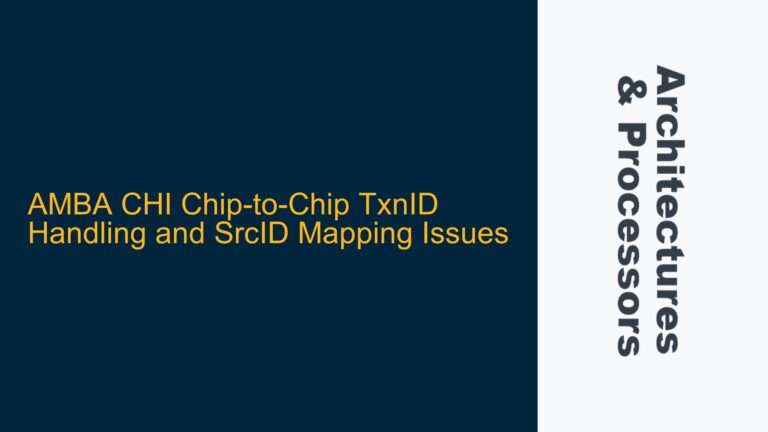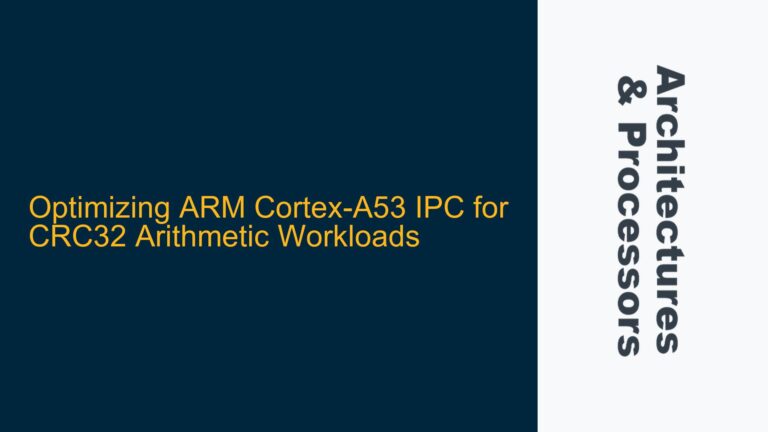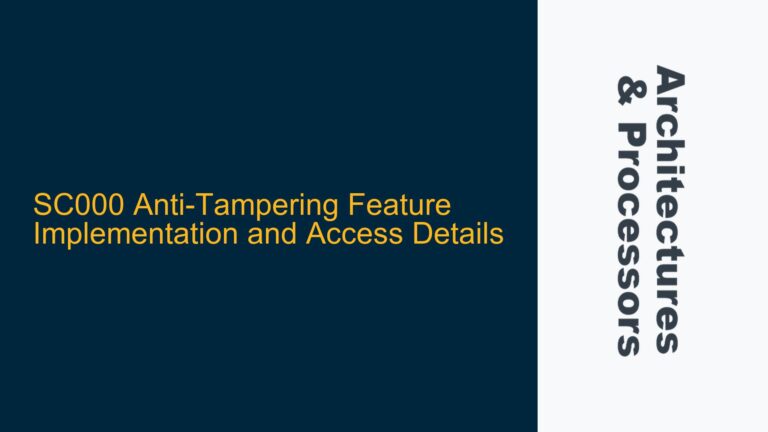AXI Burst Transactions: Understanding ARLEN, ARSIZE, WSTRB, and Protocol Compliance
AXI Burst Transaction Requirements and Response Handling The Advanced eXtensible Interface (AXI) protocol is a critical component in modern System-on-Chip (SoC) designs, particularly when dealing with ARM-based architectures. AXI defines a high-performance, high-frequency interface between managers (initiators) and subordinates (targets). One of the most complex aspects of AXI is its handling of burst transactions, where…
